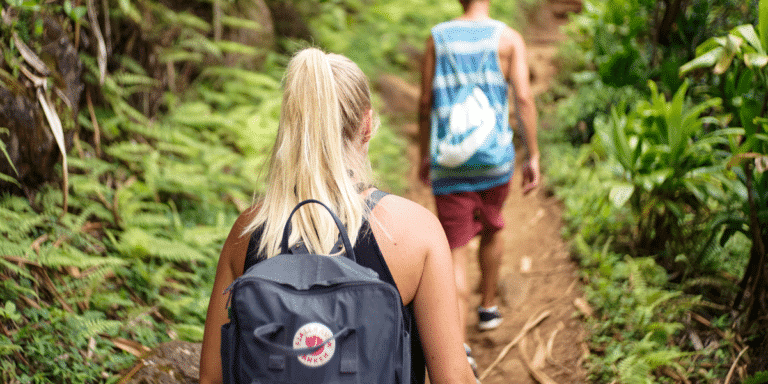Sexual assault represents any type of sexual activity that you don’t agree to. Sometimes it’s called sexual abuse and includes forced kissing, unwanted touching, taking sexual videos or photos without knowledge, forcing sexual activities for money, and rape. Sexual assault can happen to individuals of all ages and genders.
It is crucial to emphasize that whenever it happens, it is not a victim’s fault. April is considered to be Sexual Assault Awareness Month (SAAM). This campaign has a goal to prevent sexual violence, give support to victims, and raise sexual assault awareness.
Risk factors for sexual abuse
There are different types of risk factors that cause sexual assault: individual, family, community, and societal factors. Females from six to 17 years old, and those having special needs are at risk to become victims of sexual abuse. Family factors include family violence, drug or alcohol abuse among parents and the lack of parental care.
Tolerance of sexual assaults, weak laws related to sexual perpetrators, and poor education are community risk factors that contribute to sexual violence. Societal factors, such as social norms that support women’s inferiority and male superiority have been associated with sexual assault.
Alcohol is the most frequently abused psychoactive drug among college students. Binge drinking is a popular, but dangerous way of drinking. Excessive alcohol consumption in a short period of time leads to a blackout. These factors may increase the possibility of sexual assault.
Sexual assault and alcohol
Alcohol consumption doesn’t cause sexual assault directly, but it is one of the most important risk factors that contribute to sexual violence.
Excessive alcohol consumption increases the possibility of sexual assault. Victim and/or perpetrator can be impaired by alcohol. Ethanol has a negative influence on brain structures which are responsible for sexual and violent behavior. Alcohol consumption increases aggression, and in some people, sexual desire and emotional instability. A victim under alcohol influence can’t consciously give consent to sexual activities.
(Find out: How Does Alcohol Affect the Brain?)
However, violent sexual behavior is perpetrator’s responsibility, not the victim’s. Majority of sexual assaults are committed by men who feel more powerful and aggressive after alcohol consumption. At least 50% of sexual assaults involve alcohol consumption by the perpetrator and/or victim.
There is no clear explanation about alcohol’s effects on sexual perceptions and behavior. Further research needs to be focused on experimental work to reveal alcohol’s role in sexual violence.

Start Your Journey to Recovery
Check out the some photos of our luxury treatment facilities, for both men and women, in Scottsdale, AZ. If you need someone to talk to, please give us a call. We're here to help.
View Our Photo GalleryWhat non-alcohol-involved and alcohol-involved sexual assaults have in common?
Typical sexual assault contains the elements of physical and/or verbal force and pressure, which a victim tries to resist. This is the most important common characteristic of non-alcohol and alcohol-involved sexual abuse.
-
Non-alcohol-involved sexual assault usually is not committed by a stranger and it’s about someone known to the victim – emotional partner, friend, coworker, classmate or family member.
-
Alcohol-involved sexual assault is most likely to happen between perpetrator and the victim who don’t know each other, usually in bars and clubs. However, there are no strict rules, so sexual assaults might happen under different circumstances.
Sexual assault prevalence
Official police reports and self-reports are used to collect details about sexual assaults and violent sexual behavior. Children, adolescents, and adults are exposed to this type of violence which may cause serious emotional problems. Sexual activities can be committed by women, but this possibility is usually neglected.
National Sexual Violence Resource Center (NSVRC) shows concern about the possibility that one in five women and one in 70 men will be forced to unwanted sexual activity at some point in their lives. One in four girls and one in six boys are at risk to experience sexual abuse before they turn 18 years old. More than 300,000 children every year become victims of sexual violence. More than 20% of college women and 15% of college man are forced to various types of sexual abuse.
Collected data confirm that 51% of victims were sexually assaulted by an emotional partner, and 49% by a coworker, friend or family member. The highest percent of victims was female (91%). About 80% of victims knew the perpetrator and 8% of assaults happened at the workplace.
What percentage of college sexual assaults involve alcohol?
Approximately 50% of college assaults involve excessive alcohol intake. NSVRC reports that 75% of rapes happened to intoxicated victims. According to their data, students living on campus have more likelihood to experience unwanted sexual action compared to those living out of the campus.
Concerning fact is that most college women expect some type of od sexual abuse during college. Alcohol decreases a sense of danger that would warn a young person to possible abuse. Majority of them do not speak out about this from different reasons, and only 10% of assaults are reported to the authorities. Victims who were intoxicated during the assault, especially young women, blame themselves and may be afraid of poor institutional and police support.
There is a high prevalence of sexual assaults among alcohol-intoxicated people. As a responsible society, we should give great efforts to help victims and perpetrators. Sometimes, both sides are struggling with alcoholism.
If you think that alcohol controls your behavior or makes you violent, feel free to contact us or give us a call today at 888.549.4037. We will give you support and explanations about our treatment options against alcohol addiction.




